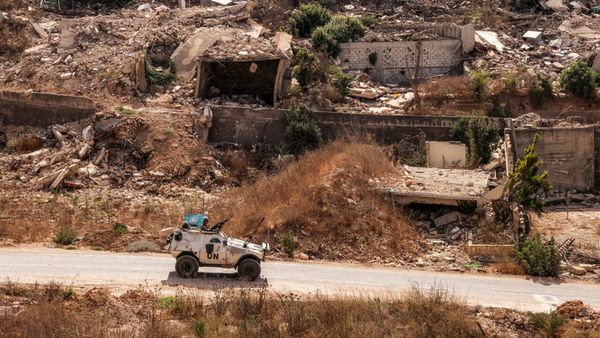
As the U.S. prepares for an active hurricane season, the Federal Emergency Management Agency (FEMA) faces a potential budget shortfall of over $1.3 billion by August due to a surge in tornadoes and severe storms this year. In May alone, there were four officially declared billion-dollar disasters, bringing the total for the year to 11, with the possibility of more being added.
The period from April through May saw an extraordinary 801 tornado reports, the second-highest since 1950. Since January 1st, over 1100 tornado reports have been recorded, surpassing the yearly average of around 800. This year's tornado activity closely rivals the record-breaking year of 2011.
The heightened severe weather activity is attributed to climate change, with heatwaves intensifying across the country. Cities like Phoenix and Las Vegas have already experienced extended periods of triple-digit temperatures, signaling an early start to summer heat.
Looking ahead, concerns loom over FEMA's ability to fund disaster relief efforts, especially with the onset of hurricane season. The National Oceanic and Atmospheric Administration (NOAA) forecasts a busy season with 17 to 25 named storms, well above the annual average of 14. Of these, 8 to 13 storms are expected to develop into hurricanes, compared to the usual seven.
The trend of escalating natural disasters underscores the urgent need for adequate resources and preparedness measures to mitigate the impact on communities and infrastructure. With the specter of more severe weather events on the horizon, the resilience of FEMA's funding and response capabilities will be put to the test in the months to come.







